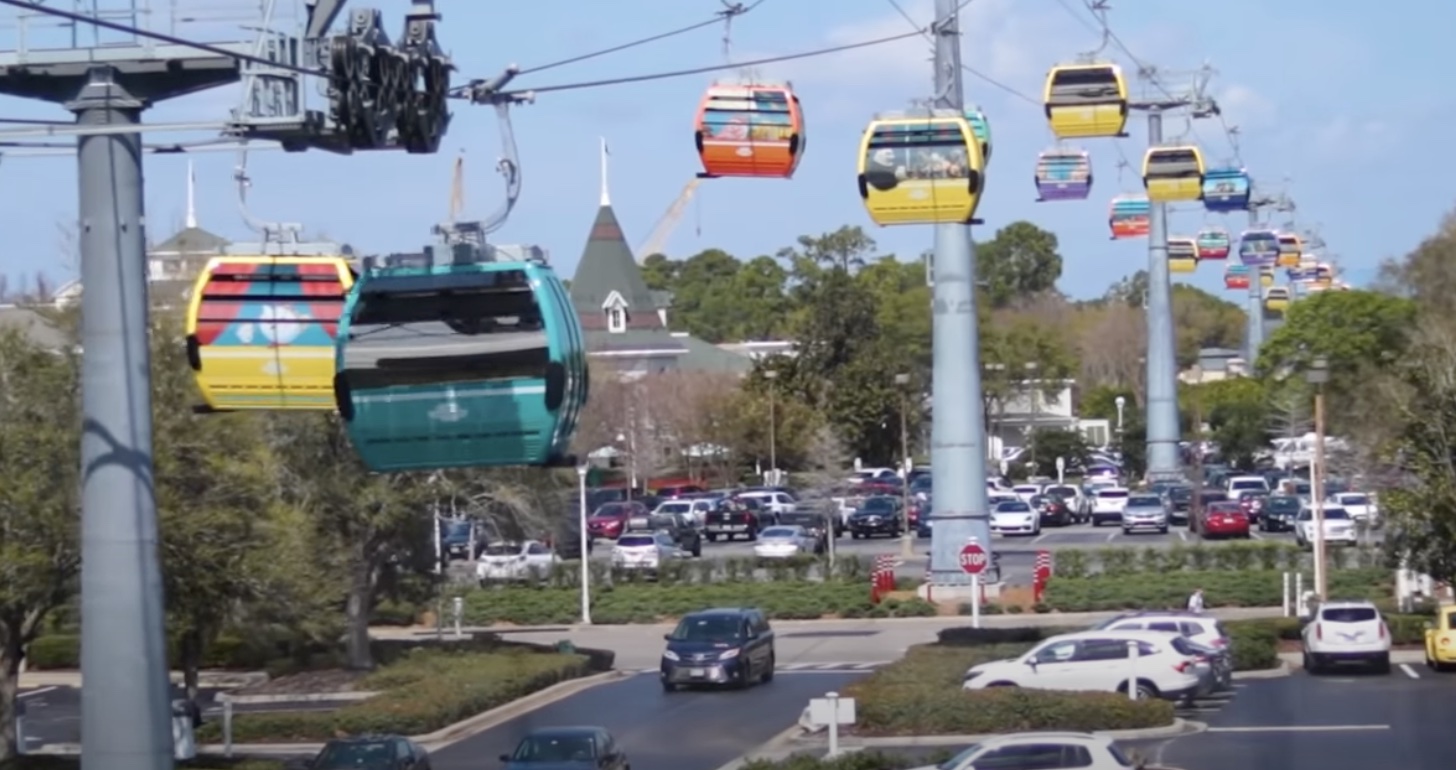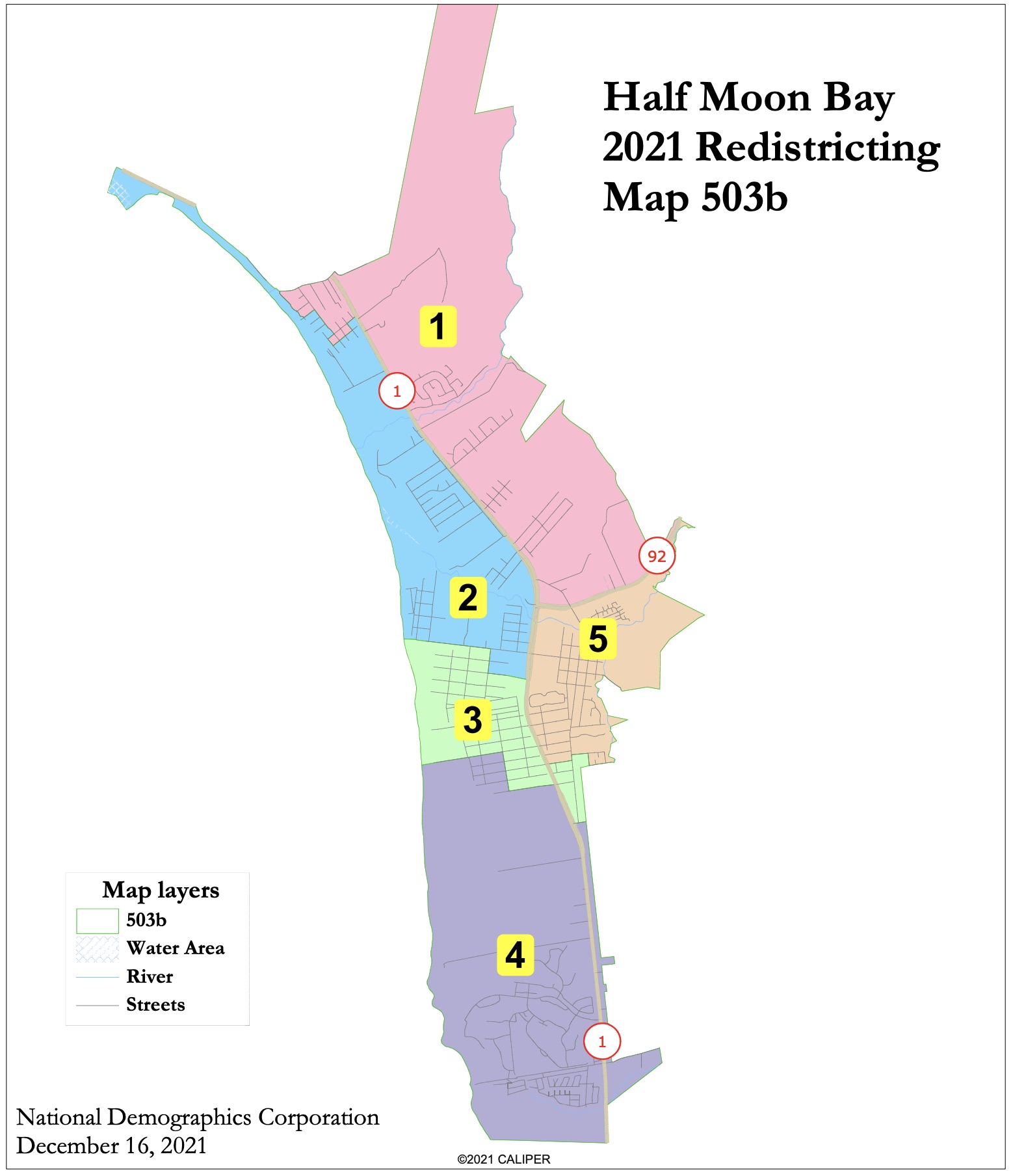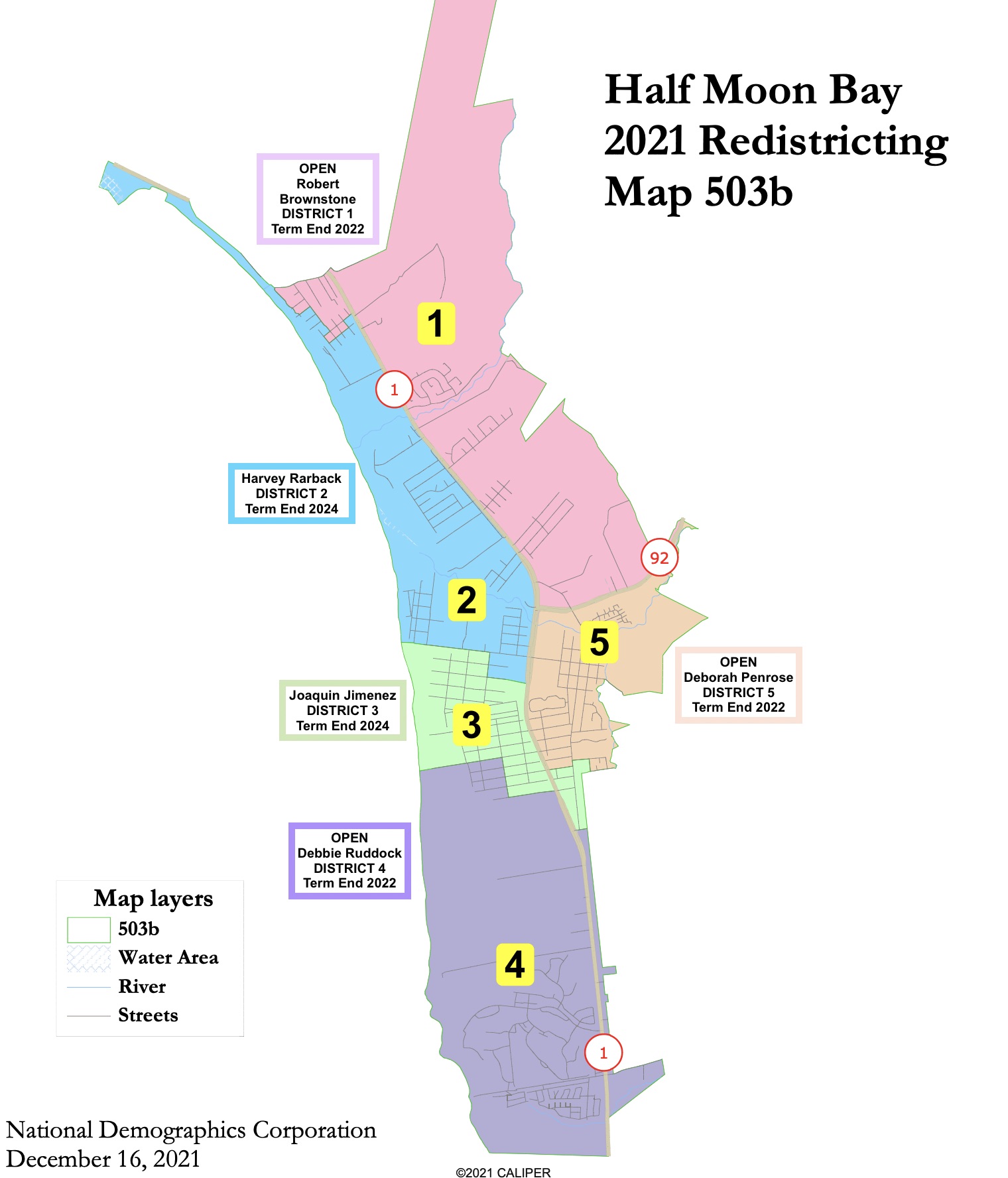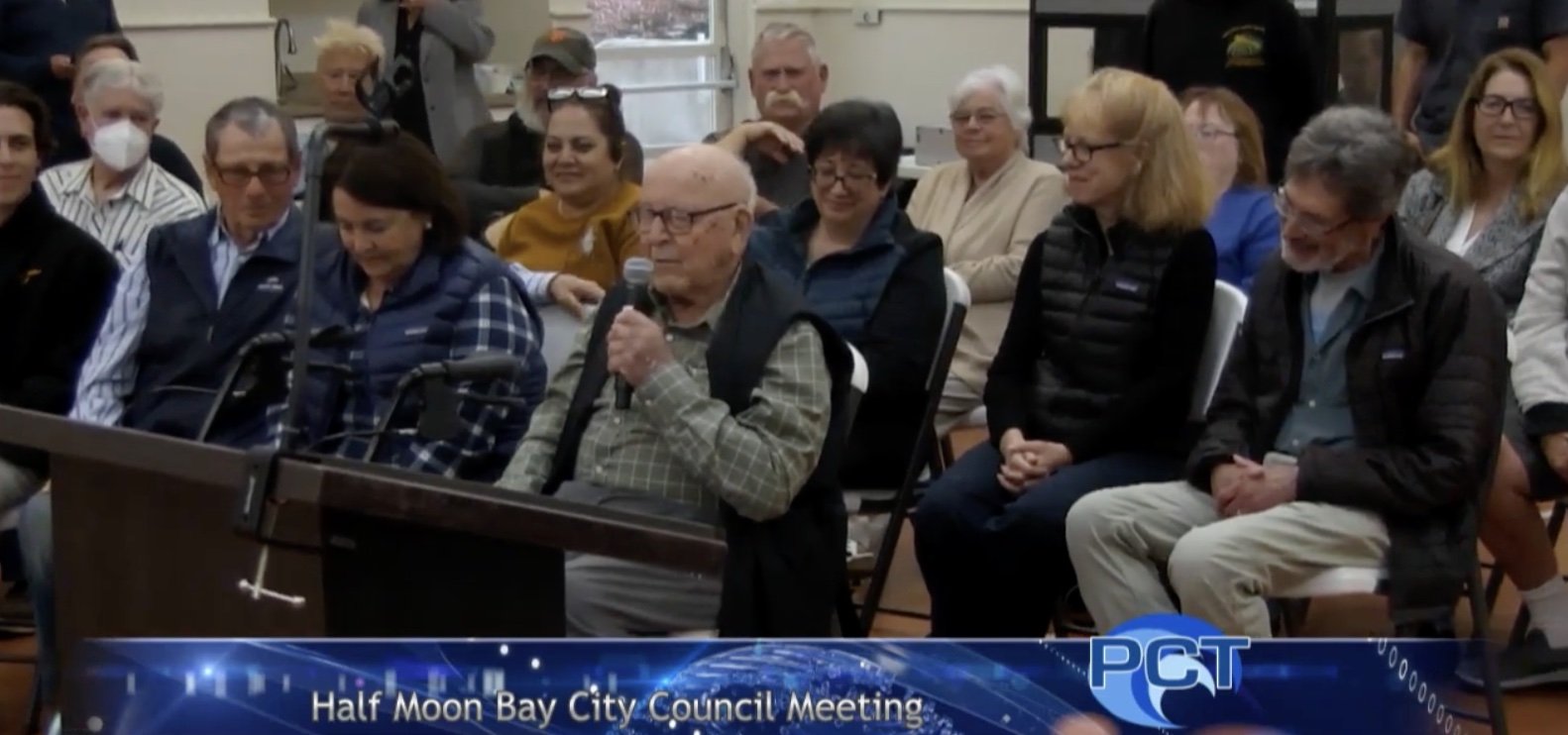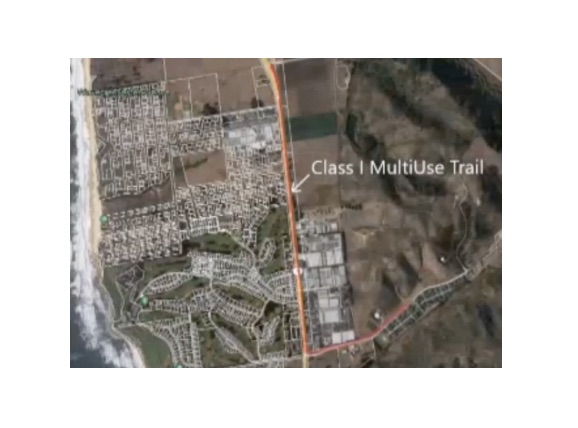|
Getting your Trinity Audio player ready...
|
VIDEO. From the Half Moon Bay City Council meeting on Tuesday, April 5th, 2022 by Zoom.
Mayor, Debbie Ruddock, introduces Peter von Bleichert.
AGENDIZED! How About Building a Gondola From Half Moon Bay Over Hwy 92 to San Mateo?
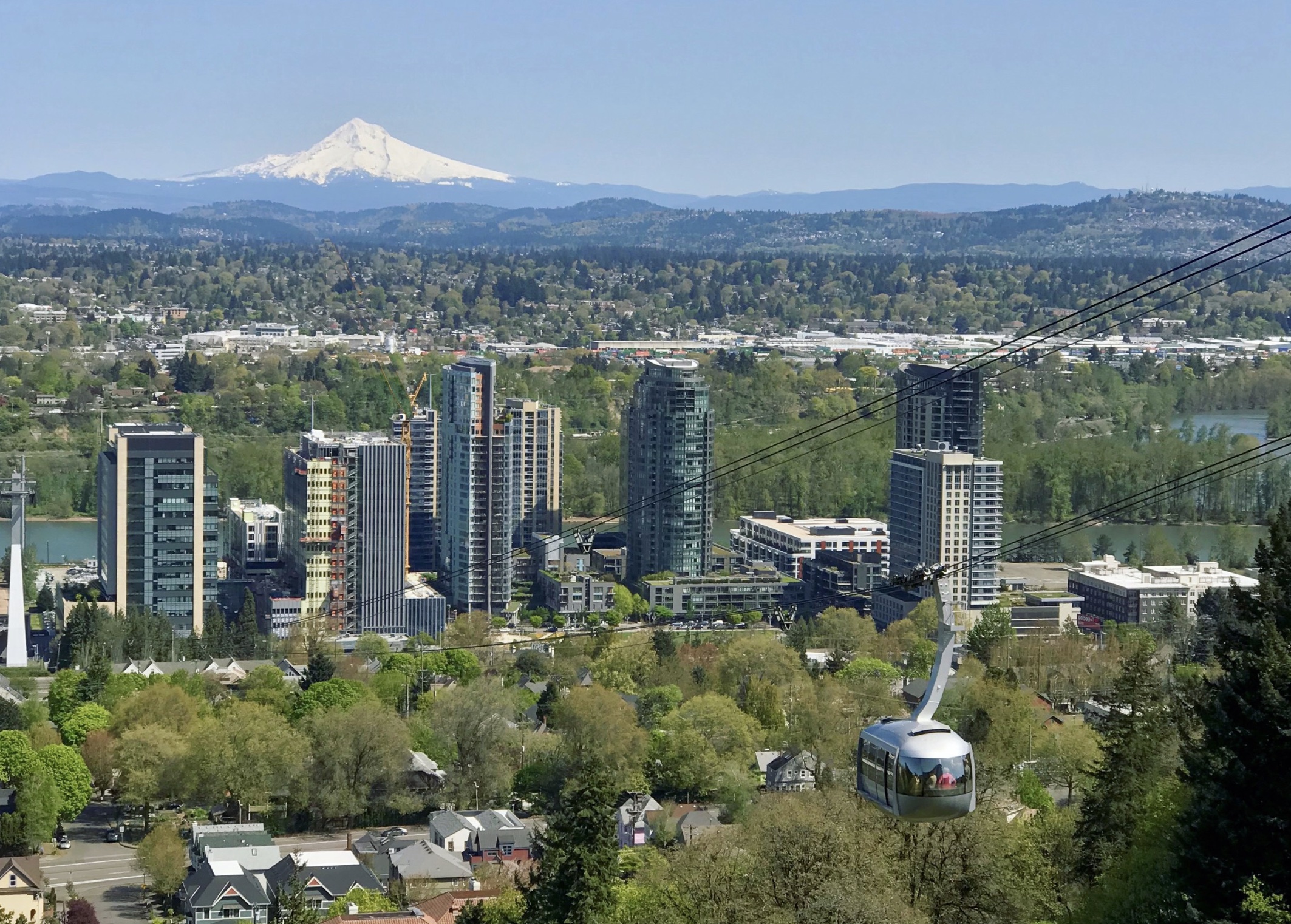
Note. The original Coastside Buzz 6/8/21 post had almost 400 shares!
Half Moon Bay City Council Presentation – Aerial Tram, Tuesday, April 5, 2022 at 7:00pm.
How About Building a Gondola From Half Moon Bay Over Hwy 92 to San Mateo?
OWN VOICE. From the San Mateo County Journal .
High Wire to Half Moon Bay by Peter von Bleichert
If you live in Half Moon Bay, or enjoy visiting there, our other coastal communities, and the beaches, there is an obvious and severe problem: Traffic!
Though State Route 92 is just 10 kilometers between Interstate 280 and the Highway 1 interchange at Half Moon Bay, the trip can take up to two hours, especially during the renowned Half Moon Bay Art & Pumpkin Festival, and averages 40 minutes each direction with traffic. A single accident can increase this to multiple hours or shut the road altogether and, with backups, is nearly impossible for ambulances and firefighters to access.
Frequent use of the route by large trucks exacerbates the problem, and increases dangers for passenger vehicles. As the only access between the eastern and western side of the Coastal Range, in an earthquake, landslides or washouts could close the road, isolating coastal communities.
The solution? An aerial wire ropeway, commonly called gondolas or, erroneously, as most Bay Area residents know, cable cars.
 The Coastal Range portion of State Route 92, from San Mateo to Half Moon Bay is an exemplar of how aerial wire ropeways can alleviate traffic, maintain connectivity in natural disasters, improve quality of life of residents, and spur economic development and urban renewal.
The Coastal Range portion of State Route 92, from San Mateo to Half Moon Bay is an exemplar of how aerial wire ropeways can alleviate traffic, maintain connectivity in natural disasters, improve quality of life of residents, and spur economic development and urban renewal.
Such an aerial wire ropeway could occur in two phases: Phase I will install two stations. The first is located on the east side at the State Route 92 and Interstate 280 interchange at Crystal Springs Reservoir, and, the second station, at the State Route 92 and Highway 1 interchange near downtown Half Moon Bay.
The Crystal Springs station would offer parking, and connections to local bus lines. This station would be located adjacent to the Crystal Springs Reservoir, offer scenic views, connections to bike and hike trails, and could include a restaurant/café and other commercial services to increase revenue. High-capacity passenger cabins would be stored, maintained and launched from this station.
As it is warm on the eastern side of the Coastal Range, and often foggy and cold on the western side, cabins would be climate-controlled. Further, they would offer amenities such as Wi-Fi, and can carry bicycles and surfboards externally. The number of cabins on the line would be flexible, with cabins parked or attached as needed. Cargo carriers would also be available for emergency or equipment transfer use. The Crystal Springs station accommodates eastward line expansion in Phase II, and houses the system’s reserve traction motor, hauling rope braking, and line tensioners.
The second Phase I station is in Half Moon Bay near downtown. It houses the system’s primary traction motor, engineering spaces, line braking and tensioning, and offers services, parking and connection to local bus lines. Ideally, and concurrent with Phase I, Highway 1 is upgraded to include light rail (Beach BreEZe?) connecting Half Moon Bay with Pillar Point Harbor to the north — another notorious high-traffic corridor — and all beaches and towns between. Phase I would utilize some 9 kilometers of wire rope per direction and cost approximately $65 million. Though subject to terrain nuances, Phase I’s line would generally be straight.
Phase II would extend the line another 8 kilometers from the Crystal Springs station east to a through-station at College of San Mateo, and then down the hill to a station at Caltrain Hillsdale/El Camino Real. This Phase II line extension would facilitate connectivity with urban mass transit and alleviate traffic along the portion of State Route 92 from Crystal Springs to San Mateo, all while increasing utilization of the ropeway. Phase II would utilize some 8 kilometer of wire rope per direction, and cost approximately $56 million. To avoid private property, Phase II’s line would follow State Route 92, with towers either at the road’s centerline, or directly adjacent to the road.
System fares should reflect a three-tier system, with residents of Half Moon Bay and other coastal communities receiving discounted monthly travel passes; California residents would be midtier, and out-of-state residents would pay increased fares. General transport funds, bonds and, potentially, crowd funding, can be used for construction and operations and maintenance.
The solution to American urban traffic is not more or wider roads, but corridor specific mass transit. High speed and light rail have a role to play. However, aerial wire ropeways represent one of the most attractive modes to address localized extreme road traffic where terrain precludes others. As the state and nation ponder renewed infrastructure, aerial wire ropeways must be part of rebuilding done right. A high wire to Half Moon Bay is a perfect example of this.
Dr. von Bleichert is the great-great grandson of wire rope pioneer Adolf Bleichert. He is a professor at the College of San Mateo.
City Council of Half Moon Bay Meets ~ 1st and 3rd Tuesdays at 7:00pm

HMB City Council Agendas and Zoom Links
HMB City Calendar
The New Now ~ Virtual Remote Public Agency Meetings
- streamed live on Comcast Channel 27 and Pacific Coast TV website
- the City’s website online (via Granicus)
- and on Facebook Live
- one in English (City of Half Moon Bay FB Page)
- one in Spanish (City of Half Moon Bay Recreation FB Page)
- Recorded by Pacific Coast TV (PCTV)
Members or the public are welcome to submit comments (in accordance with the three-minute per speaker limit) via email
 ing – (650) 477-4963 (English) and (650) 445-3090 (Spanish).
ing – (650) 477-4963 (English) and (650) 445-3090 (Spanish).HMB City Council Agendas and Zoom Links
HMB City Calendar
Leave messages with the Clerk’s Department at 650-726-8250
The City Council of Half Moon Bay
Half Moon Bay City Council Subcommittees
- CSFA Grant Selection
- Education
- Emergency Preparedness
- Finance
- Human Resources
- Legislative Affairs
- Mobility
Half Moon Bay City Council Strategic Plan
2022 Redistricting in Half Moon Bay on Coastside Buzz


